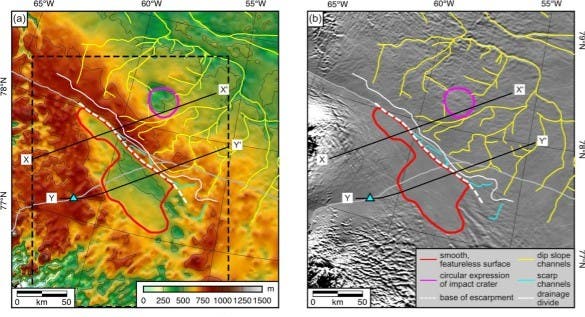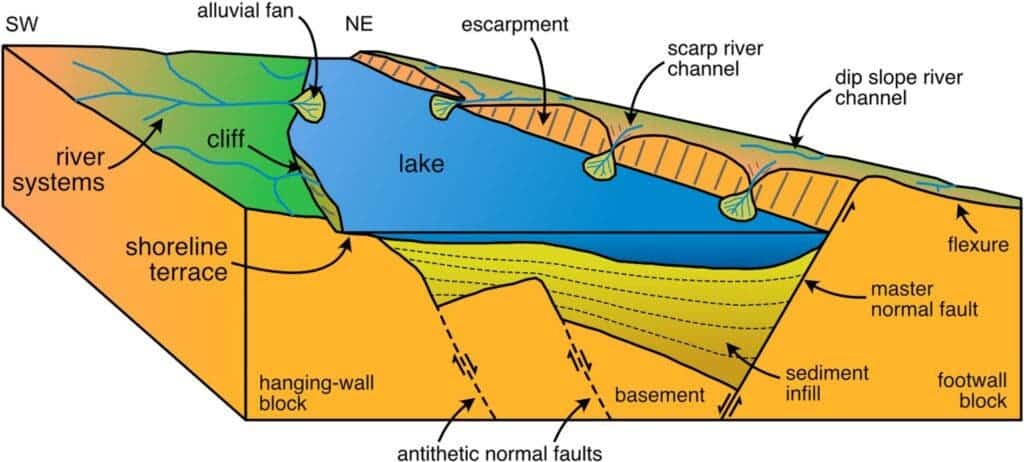Greenland’s relief is every bit as varied and spectacular as any place on Earth, but we can’t really see it because of all the ice. But if you could peer beneath this ice (say, with satellite radar data), you could see some of this ice-hidden relief. This is exactly how researchers discovered what they believe to be an ancient, ‘fossil’ lake. They think it’s as big as the states of Delaware and Rhode Island combined, or about a third of Wales.

Researchers routinely use satellite data to analyze Greenland. They’re not usually looking for submerged geography, but they’re looking to see how much the ice sheet is thinning. In order to do this, they use airborne geophysical instruments that send radar signals — signals which can penetrate ice but bounce off from the underlying solid surface.
So with this approach, they can catch a glimpse of the geological structure beneath the ice.
“This could be an important repository of information, in a landscape that right now is totally concealed and inaccessible,” said Guy Paxman, a postdocste at Columbia University’s Lamont-Doherty Earth Observatory and lead author of the report. “We’re working to try and understand how the Greenland ice sheet has behaved in the past. It’s important if we want to understand how it will behave in future decades.”

The geomorphological mapping carried out by Paxman and his colleagues suggests more than just an isolated lake: they found evidence of a sprawling network of bedrock channels preserved in the subglacial landscape of northwest Greenland. The channels exhibit steep V-shaped valleys and a complex, branching pattern, all of which are diagnostic characteristics of fluvial valley networks. In other words, what is now covered under a layer of ice was once a thriving river-lake network which may harbor fossils from hundreds of thousands or even millions of years ago, researchers believe.
The lake sediments could also hold another piece of valuable evidence: they could show us how and when Greenland became covered in ice. This could help us make better sense of the climate change we’re seeing now and develop better models of how Greenland ice is melting. It’s doable. With the top of the sediments 1.8 kilometers (1.1 miles) below the current ice surface, drilling to them would be a challenging task, but not an impossible one.
Meanwhile, Greenland’s ice sheet continues to melt at an accelerated pace due to rising temperatures. If it were to melt completely, the sheet has enough ice to raise global sea levels by 7 meters (24 feet). While this won’t happen anytime soon, even a fraction of that would be enough to cause catastrophic damage, displacing billions of people in the process.
The study was published in the journal Earth and Planetary Science Letters.


